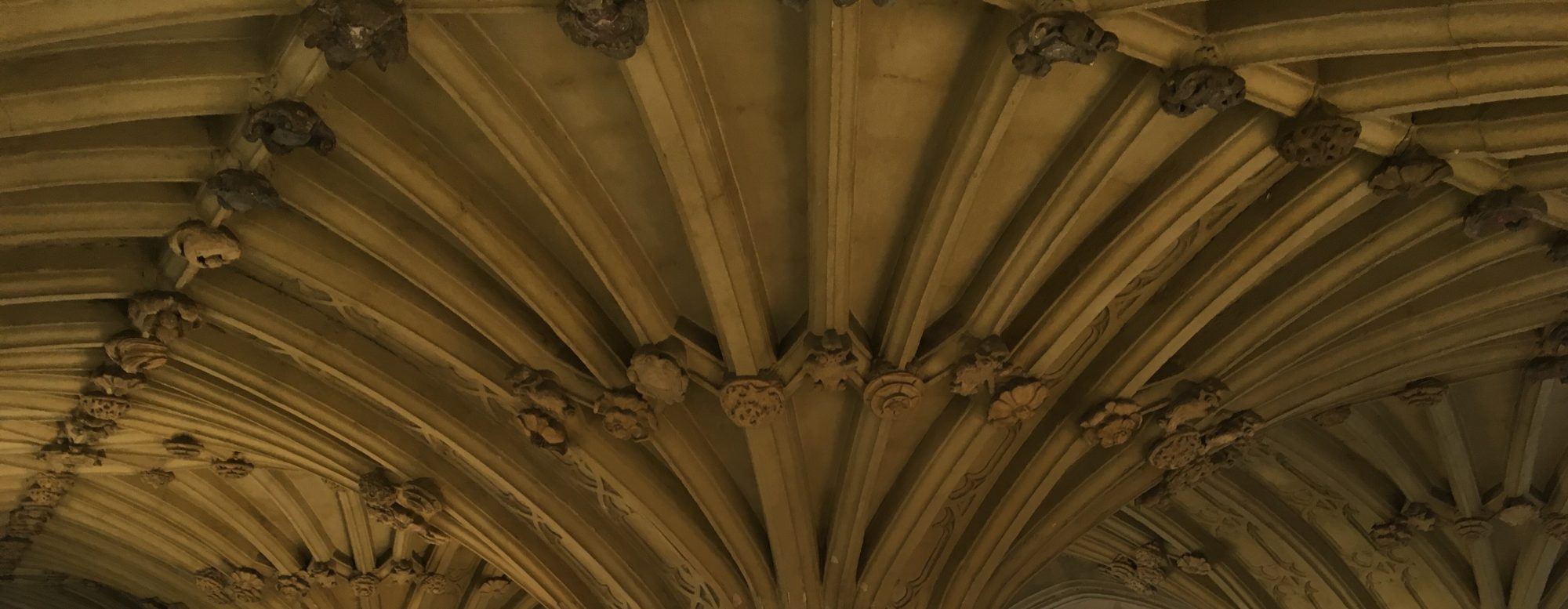Or, The day of a Donne scholar in the age of corona: a university lecturer applying 21st-century methods of distance learning to early modern poetry
In the mornings, my worries are technical: will the program work, will the video contact and sound work, can I hear the students, can they hear me? We gather around our computers, with a variety of domestic scenes in the background, sometimes a family member, or a pet, passing through the room. The students tend to be more computer savvy than me, but then that is hardly surprising; I try to create an atmosphere of inquisitiveness and learning with text, in a situation where I cannot meet my students in class. Four-hundred years ago, John Donne (1572–1631) asked, in one of his Holy Sonnets: “What if this present were the worlds last night?”
During my coffee break, my mind is concerned with first-world problems: the trips I had planned to take, the concerts I had wanted to attend, an exhibition I really had wanted to see. I am annoyed by the inconvenience to my every-day life, and to my selective life-style. What if the world changes for good now? What if I can never again travel and move freely, like I am used to. Donne envisions his world that has expanded considerably just recently: “West and East / In all flatt Maps… are one”. Yet, what if this is the end of life as we know it? “What if this present were the worlds last night?”
In the twilight, I think of family and friends: the luncheons and coffees planned, the book waiting to be returned, and the one I had promised to lend. Now, we are asked not to touch, not to shake hands, only to meet through the safety of windows, and the telephone. Donne writes: “But glasse, and lines must bee / No meanes our firme substantiall love to keepe…” Yet, we are forced to social distancing that challenges our social needs. — I also think of academic conferences: grateful for the ones that I attended, sorry for those now cancelled. After all the digital prowess I have developed recently (and much faster than I would ever have believed), these encounters really require face-to-face presence. Only in a random conversation during the lull in a busy conference-schedule did that project come about, was that book planned, did those great minds think alike. “Learning were safe; in this our Universe…” But what about now? “What if this present were the worlds last night?”
In the darkness of the night, I fear for the health and life of loved ones, and of myself: we have not experienced this kind of a world-wide plague in our life-time. I think of the sweating sickness of the Tudor era, of the relapsing fever endured by John Donne, of the Spanish flu that killed my great-grandmother and the twins she was carrying. “Tis the yeares midnight…” They, too, were filled with fear, and for all our health insurance and western medicine, so are we. While the vernal equinox has passed, dawn is still hours away. “What if this present were the worlds last night?”

*All references to Donne’s poetry are from the John T. Shawcross edition (1967).

